Joseph Turner built his 30 foot by 40 foot limestone grist mill with 18 inch thick walls on property once owned by colonist Benjamin Ring along “Ye Great Road to Nottingham” in Chadds Ford, Pennsylvania. Using stone from earlier mills along Harvey’s Run, a nearby creek that runs parallel to today’s U.S. Route 1 and empties into the Brandywine, work was completed sometime between 1866 to 1870.
The grist mill had fallen into disuse by the 1890’s when Wilmington artist and teacher Howard Pyle (1853-1911) rented it as an art studio for his summer students (including N.C. Wyeth). Pyle’s studio was on the second floor while his students set up on the first floor, taking their easels outside for better light during fine weather.
The Philadelphia Inquirer described the school in an article called, “The Fine Arts Summer Art Schools – Where the Artists Paint from Nature Nowadays,” dated July 9, 1899.
…A summer school of quite a unique order is the Chadd’s Ford School, taught by Howard Pyle and officially known as the “Drexel Institute Summer School of Illustration.” This school is peculiar in that its membership is limited to ten and these ten students are all scholarship students whose tuition, board and lodging are paid for by the institute. Mr. Pyle, who is always busy with his own work, has not time to give to more pupils than these.
The Drexel Institute, in providing this school for its prize pupils – presumably the best workers in its art classes – has made sure that there will be no back sliding, because of desultory summer work, from the high standard established in its winter school.
The school is, before everything else, a school of illustration and the ten young illustrators are engaged in the practice of their profession quite as legitimately as though they were even now pegging away in a hot city studio. Most of them are filling orders for publishing houses and doing besides the regular work of the class.
The setting of this school is charming and its quiet rural beauty offers no distraction from the classroom requirements. The studio work room is an old ivy-covered mill, within whose cool and shaded walls there still clings an odor of grain. Here the “ten” work each day from 8 o’clock until 5, long hours for summer time, when any work drags. When the day’s work is ended – and they know that time by the tinkle of bells of the home-coming cows – they wash their brushes in a neighboring stream, stow away their painting paraphernalia behind doors and on shelves, mount their bicycles and disperse for the night. The men of the school lodge at a small country hotel in Chadd’s Ford, and the girls keep house in a quaint old farm house, used long ago as Lafayette’s headquarters during the Battle of Brandywine.
The recreations of this little group of workers are all pastoral. The milking of the cows forms an important episode in the day, and now and then they help in the harvesting of crops. On pleasant nights they ride their bicycles through the quiet country lanes, and when it rains they play hide and seek in the old mill. There is not much excitement there, it is true, but it is a healthful, happy, purposeful life, which send the students back to their homes with no regrets over a wasted summer….
Converted into a residence in the early 1900’s, the building suffered a fire in the 1950’s.
The property was subsequently purchased by Birmingham Township in 1976 for possible use again as an art studio or to develop the grounds for public use. In 1996, Birmingham Township sprawled across two counties: Delaware and Chester. That year, the part of the township in Delaware County changed its name to Chadds Ford Township. The township converted the building, located at Ring Road and Baltimore Pike (U.S. Route 1) to a township hall in 2006 under the guidance of architect John Milner.
-
Turner’s Mill, 2018
-
Turner’s Mill, 2018
-
Turner’s Mill, 2018
-
Turner’s Mill, 2018
-
Turner’s Mill, 2018
Sources
- Anthony Francis, “A Jewel Set in 30 Acres”, (Kennett Square, PA: The Kennett Paper, 1998).
- Chadds Ford Township Website
- Jill P. May and Robert E. May, Howard Pyle: Imagining an American School of Art (University of Illinois Press: 2011)
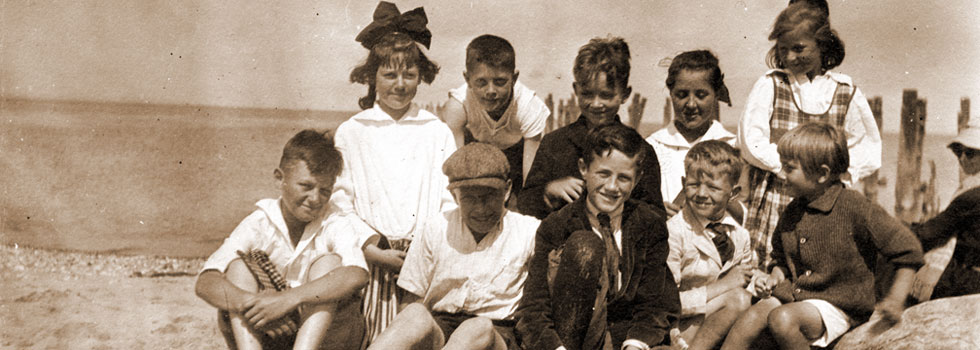
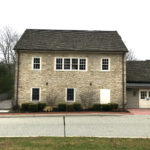


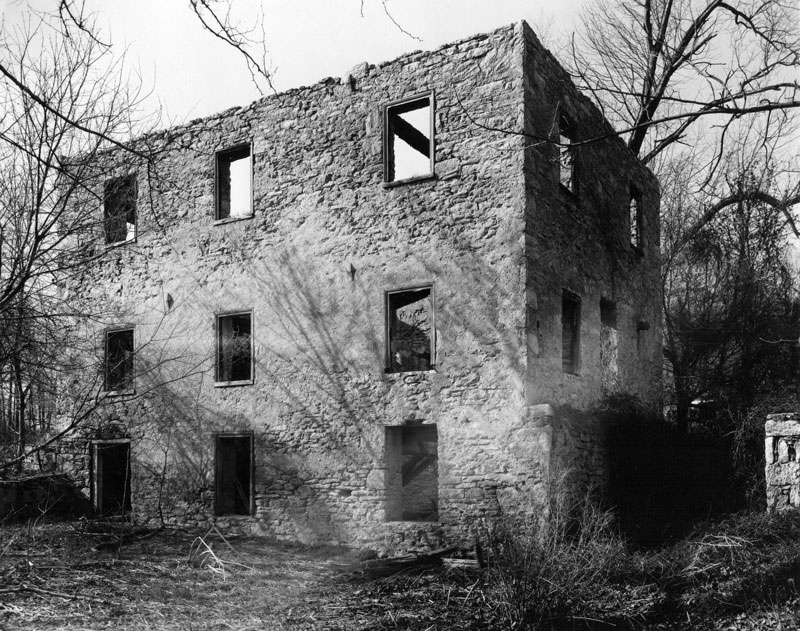
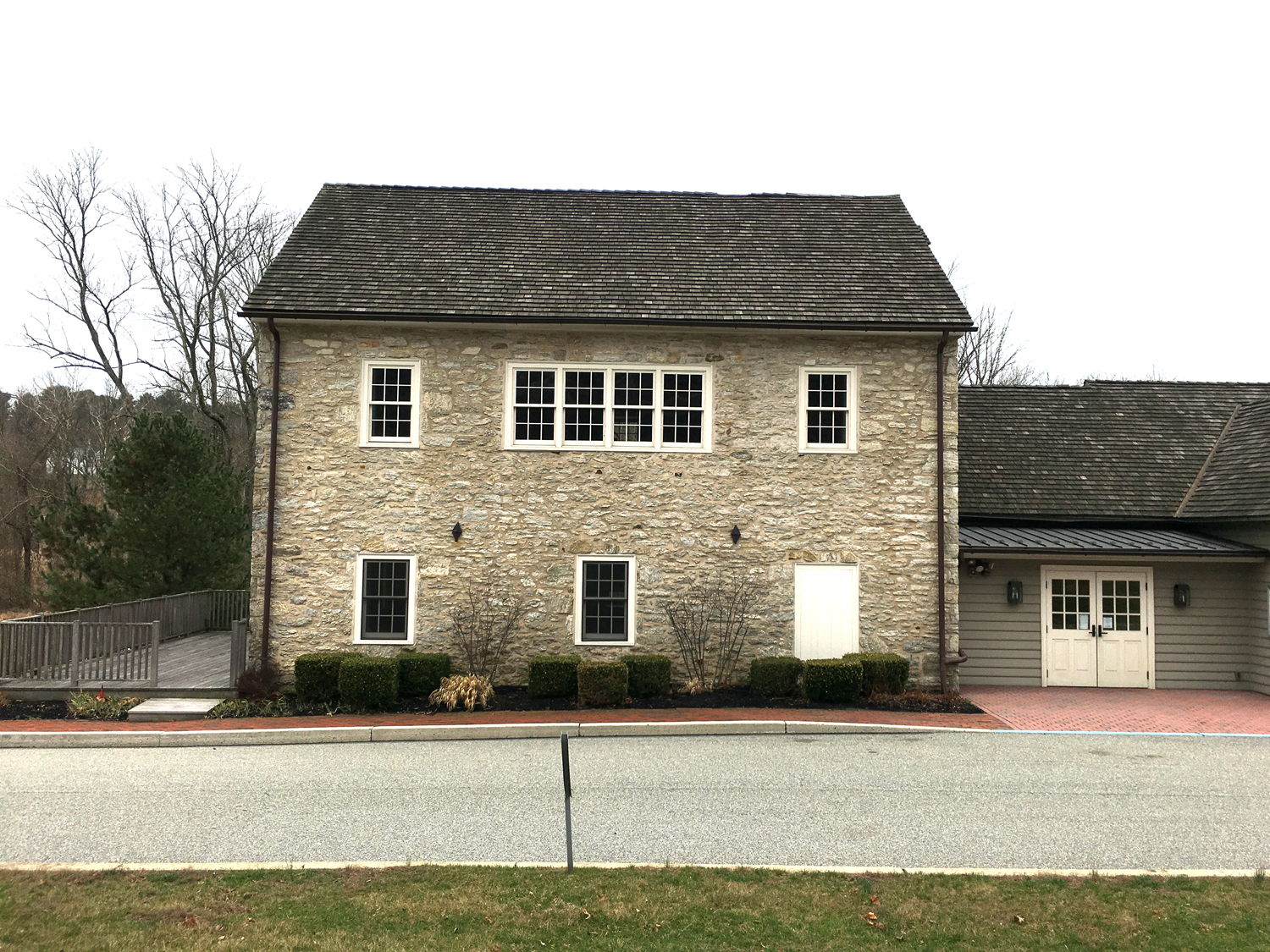
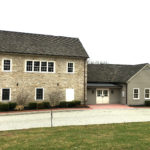
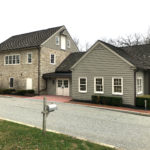
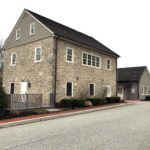
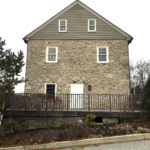
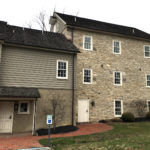
Hi Karen! Ni cell researched and told. We are distant cousins. My grandad is James Harrar, (1877-1970) of Williamsport.
This is so interesting, Karen. Thanks for sharing. Many old mill buildings in small town New England have been repurposed like this.
Thanks, cousins Ken and Phil!